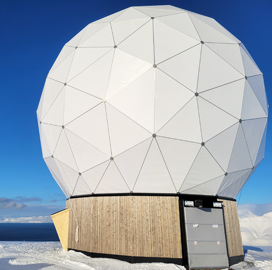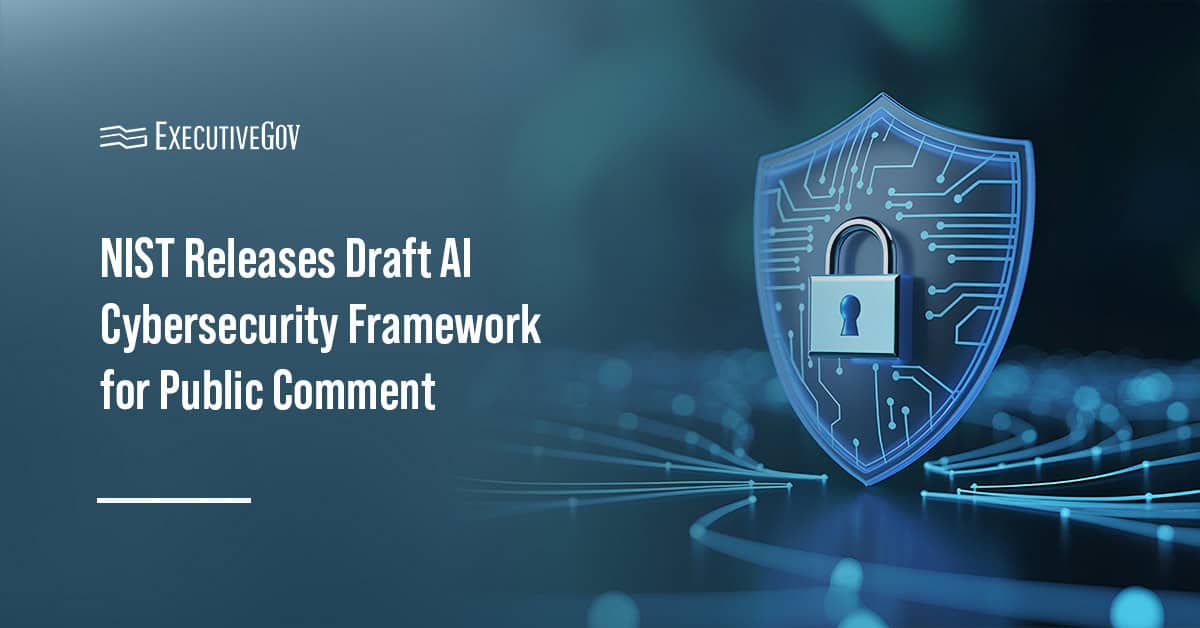NASA has added four global tri-band antennas to its Near Space Network of government- and private-owned space communications infrastructure.
The new antennas were launched to bolster direct-to-Earth communications for the benefit of science and exploration missions that gather massive amounts of data, the space agency said Tuesday.
The four ground stations were set up in Fairbanks, Alaska; Wallops Island, Virginia; Punta Arenas, Chile; and Svalbard, Norway. They feature S-, X-, and Ka-band capabilities and incorporate delay/disruption tolerant networking to ensure the transmission of critical data to their destination. Their installation will enable missions that use NSN and enhanced instrumentation to send terabytes of information back to Earth.
The antennas in Chile and Norway were developed in cooperation with Kongsberg Satellite Services. The Virginia and Alaska stations were built by NASA.





